The way we do business has transformed more in the past five years than in the previous fifty. Walk into any progressive company today, and you’ll notice something fundamentally different from the corporate offices of a decade ago. The rigid structures, the one-size-fits-all approaches, and the wasteful practices that once defined corporate culture are giving way to something more dynamic, more sustainable, and frankly, more intelligent.
This shift isn’t just about following trends or appearing modern. It’s about survival and competitive advantage in an environment where agility beats size, where efficiency trumps tradition, and where companies that cling to outdated models find themselves outpaced by nimbler competitors. The businesses thriving today are those willing to question every assumption about how work should be done, where it should happen, and what resources are actually necessary versus what we’ve simply always done.
What’s particularly interesting is that this revolution isn’t being driven by any single factor. It’s the convergence of technology advancement, changing workforce expectations, environmental imperatives, and economic pressures that’s forcing businesses to rethink everything from their physical infrastructure to their operational philosophy. Companies that recognize this convergence and adapt accordingly are positioning themselves for long-term success. Those that don’t are slowly becoming irrelevant.
Let’s explore what this modern business revolution actually looks like in practice and why the decisions companies make about seemingly mundane things like office space and company vehicles can determine whether they thrive or merely survive in the coming decade.
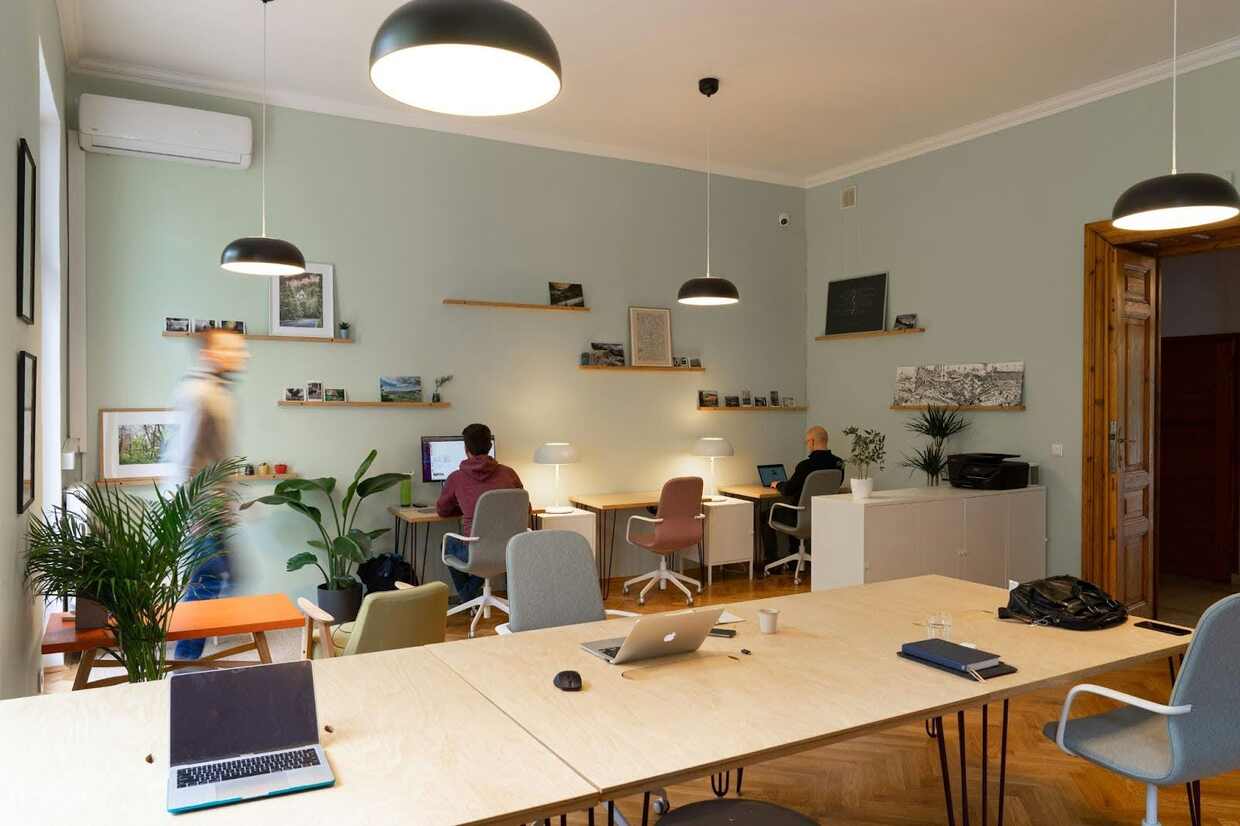
The end of the traditional office as we know it
For generations, the corporate office represented stability, prestige, and permanence. Companies signed decade-long leases on prime real estate, fitted out spaces with expensive furniture, and wore their impressive headquarters as a badge of success. The bigger and more elaborate your office, the more successful your company must be. Except that logic no longer holds.
The pandemic accelerated a shift that was already underway, but the transformation runs deeper than remote work trends. What businesses are discovering is that the traditional office model carries enormous hidden costs that go far beyond the obvious rent figure. There’s the opportunity cost of capital tied up in long-term lease commitments that could be deployed more productively elsewhere. There’s the inflexibility of being locked into space you might outgrow or no longer need as business needs evolve. There’s the challenge of attracting talent when your physical location limits who can realistically work for you.
The response from forward-thinking companies has been to fundamentally rethink what office space needs to accomplish. Rather than providing permanent desks for every employee regardless of whether they’re actually there, modern businesses are shifting toward flexible arrangements that match space usage to actual needs. This isn’t about cutting costs through cramming people into smaller areas. It’s about creating better work environments while simultaneously reducing waste and increasing adaptability.
The rise of shared workspace solutions reflects this new thinking. Instead of committing to massive fixed costs and long-term inflexibility, companies can scale their physical presence up or down based on actual requirements. Need more space for a growing team this quarter? No problem. Need less because a project wrapped up? Equally simple. This flexibility allows businesses to stay lean and responsive while still providing professional, well-equipped environments when employees do need physical workspace.
What makes modern flexible workspace particularly valuable is the ecosystem it creates. Rather than isolated companies working in their own bubbles, shared environments foster connections, collaboration, and the kind of serendipitous interactions that lead to partnerships and innovation. For businesses looking to establish or expand their presence while maintaining operational agility, solutions like JustCo shared office space in singapore exemplify this new approach. These aren’t just desks for rent; they’re professionally managed business environments with meeting facilities, technology infrastructure, and community elements that would be prohibitively expensive for most companies to create independently.
The strategic advantage extends beyond just cost and flexibility. Companies using flexible workspace solutions can maintain presence in premium locations that would be financially impossible with traditional leases. They can test new markets without massive upfront commitments. They can provide their teams with better facilities and amenities than they could afford in a dedicated space. And critically, they can redirect capital from fixed real estate costs into growth initiatives, product development, and talent acquisition.

The hidden costs of business operations nobody talks about
While office space represents an obvious major expense, there’s another category of business costs that often flies under the radar until you really examine it: transportation and mobility. Every company with employees moving between locations, visiting clients, or representing the business in the field faces vehicle-related expenses that add up far more quickly than most realize.
Consider the full cost picture of corporate transportation. There’s the vehicle purchase or lease itself, obviously. But then add insurance, maintenance, fuel, parking, depreciation, and the administrative overhead of managing a fleet. For many businesses, these costs represent a significant budget item that gets spread across various accounting categories, making the true total hard to see. And that’s before considering the opportunity cost of capital tied up in vehicle assets that depreciate the moment they leave the dealership.
The traditional approach has been to either provide company vehicles for employees who need them or to reimburse personal vehicle use through mileage claims. Both models have significant drawbacks. Company vehicles create administrative burden, lock up capital, and often end up being used inefficiently. Mileage reimbursement is simpler administratively but creates equity issues and doesn’t solve the underlying problem of employees bearing the cost and risk of vehicle ownership.
Then there’s the environmental dimension that businesses can no longer afford to ignore. Corporate sustainability isn’t just about public relations or checking boxes on ESG reports. It’s increasingly a competitive factor as clients, employees, and partners make decisions based partly on a company’s environmental commitment. Transportation represents one of the largest sources of corporate emissions, and businesses serious about reducing their environmental impact need to address it systematically.

Why electric vehicles aren’t just about being green
The conversation around electric vehicles often centers on environmental benefits, which are certainly real and significant. But from a pure business perspective, the financial case for EVs has become increasingly compelling even without considering environmental factors.
Operating costs represent the most immediate advantage. Electricity costs substantially less per kilometer than petrol or diesel, and the gap has widened as fuel prices have increased. Maintenance costs are dramatically lower because electric drivetrains have far fewer moving parts than internal combustion engines. There’s no oil to change, no spark plugs to replace, no exhaust systems to repair. Brake pads last longer because regenerative braking reduces wear. The total cost of ownership calculation increasingly favors electric vehicles, particularly for businesses with predictable usage patterns.
The incentive landscape has also shifted dramatically. Governments are actively encouraging EV adoption through various mechanisms including tax benefits, grants, reduced registration fees, and preferential treatment like access to bus lanes or free parking in certain areas. For businesses, these incentives can significantly reduce the effective cost of transitioning to electric fleets.
Technology advancement has addressed most of the concerns that initially made businesses hesitant about EVs. Range is no longer a limiting factor for typical business use, with modern EVs easily covering daily requirements on a single charge. Charging infrastructure has expanded rapidly, and for businesses with dedicated parking, installing charging facilities is increasingly straightforward and cost-effective. Battery technology continues improving, meaning vehicles retain their utility for longer than early EVs.
For companies ready to make the transition to electric mobility, the market now offers options across various segments. From compact vehicles for urban business use to luxury models for executive transport, electric vehicles have evolved far beyond the limited choices of a few years ago. Brands entering the market are bringing fresh perspectives and advanced technology that established manufacturers are racing to match. Denza Singapore represents this new wave of electric vehicle options, offering sophisticated EVs designed specifically for modern business and family needs.
The strategic consideration for businesses isn’t whether to consider electric vehicles, but rather how quickly to make the transition and which segments of their transportation needs to address first. Companies that move early position themselves advantageously as the transition accelerates and as incentives eventually phase out once EVs become mainstream.

The integration advantage: Why holistic thinking wins
What separates truly forward-thinking businesses from those just following trends is the recognition that these various operational decisions aren’t independent. Your choice of office space affects your transportation needs. Your vehicle policies impact employee satisfaction and recruitment. Your sustainability commitments influence both real estate and mobility decisions. Companies that think holistically about these interconnected elements create compounding advantages that isolated improvements can’t match.
Consider a business that embraces flexible workspace solutions in multiple locations rather than one central headquarters. This immediately reduces employee commute times and costs, which affects everything from productivity to retention. It reduces the total transportation needs because people aren’t all converging on a single location. It allows the company to be more selective about vehicle choices because requirements are distributed rather than concentrated.
Now add electric vehicles into this mix. The distributed workspace model means you can potentially install charging infrastructure at multiple flexible workspace locations, making EV ownership more practical for employees. The reduced commute distances mean range anxiety becomes even less relevant. The company’s overall environmental footprint drops significantly across both its real estate and transportation dimensions, creating a coherent sustainability story rather than piecemeal efforts.
The cultural impact of these integrated decisions shouldn’t be underestimated either. Employees notice when companies make choices that align rhetoric with reality. Saying you care about sustainability while maintaining wasteful traditional practices creates cynicism. Demonstrating commitment through operational decisions builds genuine engagement and pride. This matters increasingly for talent acquisition and retention, particularly among younger professionals who weigh a company’s values heavily in employment decisions.

Making the transition: Practical steps forward
Understanding that change is necessary is one thing. Actually implementing it is another. The gap between recognizing that traditional models are obsolete and successfully transitioning to modern alternatives is where many businesses struggle. The good news is that this transition doesn’t require revolutionary upheaval. It can happen incrementally through deliberate, strategic decisions.
Start by auditing your current costs honestly. What are you really spending on office space when you include everything from rent to utilities to maintenance to the opportunity cost of capital? What does your transportation really cost across all categories? Many businesses discover their actual expenses are significantly higher than they realized because costs are distributed across various budget lines and some costs are so routine they’re never questioned.
Next, identify areas of obvious waste or inefficiency. Are you paying for office space that sits empty most of the time? Are you replacing vehicles on arbitrary schedules regardless of actual condition or need? Are you maintaining practices simply because that’s how things have always been done? These represent low-hanging fruit where changes can generate immediate benefits without significant disruption.
Test new approaches on a small scale before full commitment. Consider moving one team or department to a flexible workspace arrangement and measure the results. Transition a portion of your fleet to electric vehicles and track the actual costs and benefits. These pilot programs reduce risk while generating data to inform broader decisions.
Engage your team in the process. The people actually using office space and vehicles daily often have insights that management overlooks. They can identify what’s actually necessary versus what’s traditional but unnecessary. Their buy-in also makes transitions smoother because they understand the reasoning rather than feeling changes are imposed arbitrarily.
Look for integration opportunities where changes in one area enable improvements in another. Moving to more distributed workspace might enable vehicle reductions. Transitioning to electric vehicles might qualify you for incentives that improve overall economics. Reduced office costs might free up budget for better technology or professional development. The compounding effects of smart decisions can be substantial.
The competitive reality
Here’s what ultimately matters: while you’re debating whether to modernize your business infrastructure, your competitors are already doing it. Every month you delay represents another month of unnecessary costs, missed opportunities, and growing disadvantage. The businesses that will dominate their sectors over the next decade are the ones making these transitions now, learning from the inevitable challenges, and building advantages that will be difficult for laggards to overcome.
This isn’t about chasing fads or making changes for the sake of change. It’s about honestly assessing whether your current operational model serves your business goals or simply reflects inertia. The modern business environment rewards flexibility, efficiency, and sustainability. It punishes rigid thinking, waste, and resistance to change.
Your office space and vehicles might seem like mundane operational details, but they’re actually strategic decisions that reveal whether your company is positioning itself for the future or clinging to the past. The answers don’t require massive capital or radical disruption. They require willingness to question assumptions, openness to better approaches, and the courage to make changes even when the traditional way is comfortable and familiar.
The businesses thriving five years from now will be those that recognized this moment as an inflection point and acted accordingly. The question isn’t whether this revolution in business operations will happen. It’s whether your company will lead it, follow it, or be left behind by it. The choice, as they say, is yours. But make it deliberately and make it soon, because the window for early-mover advantage is closing rapidly.




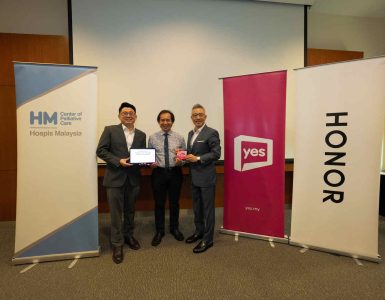
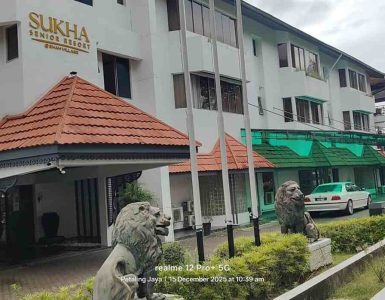


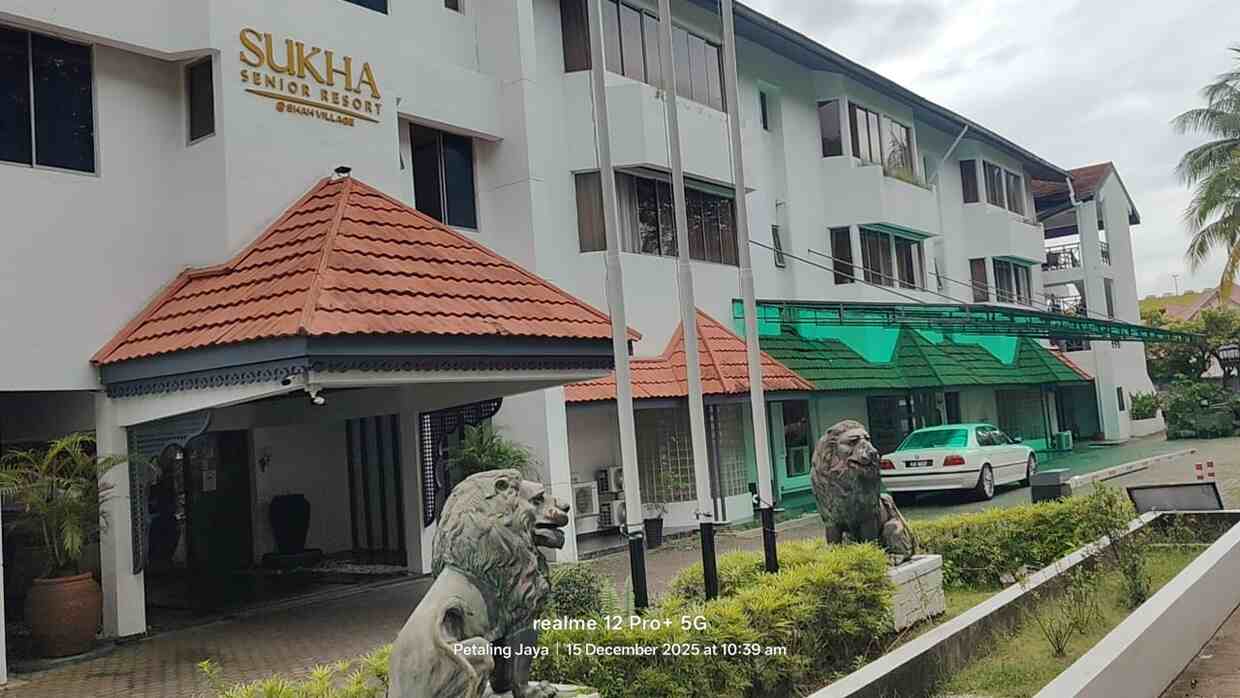

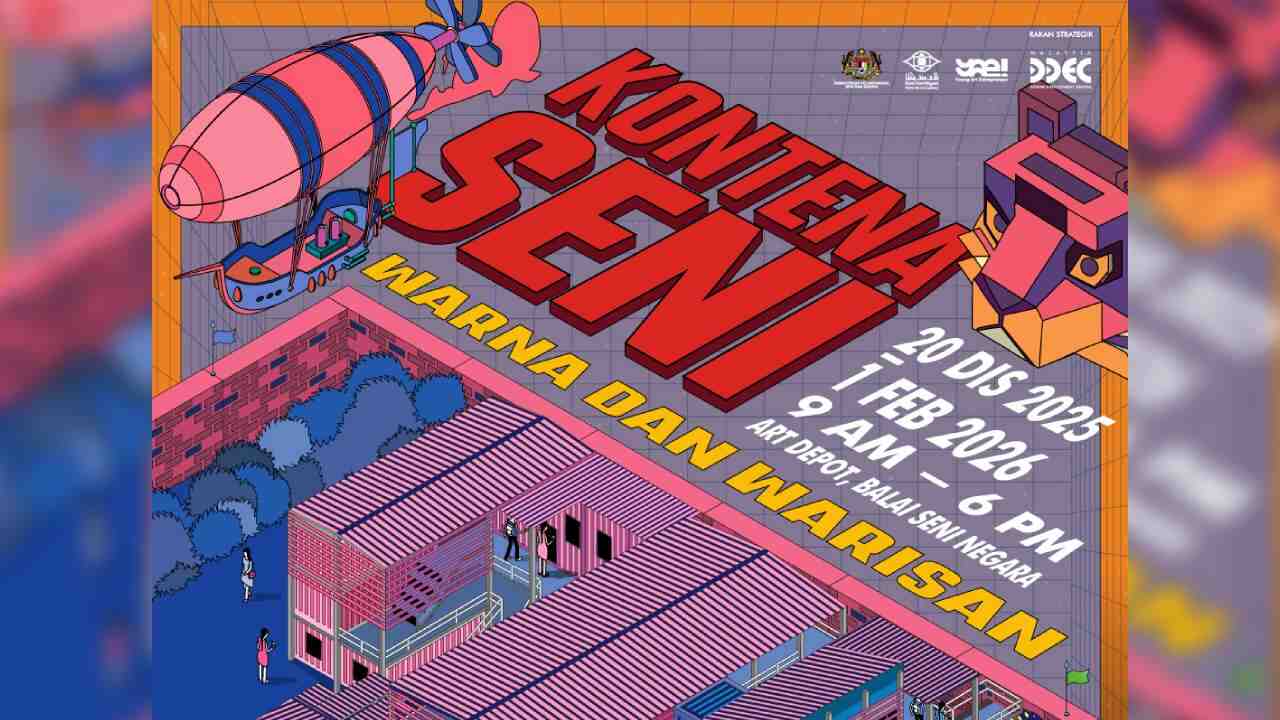

Add comment